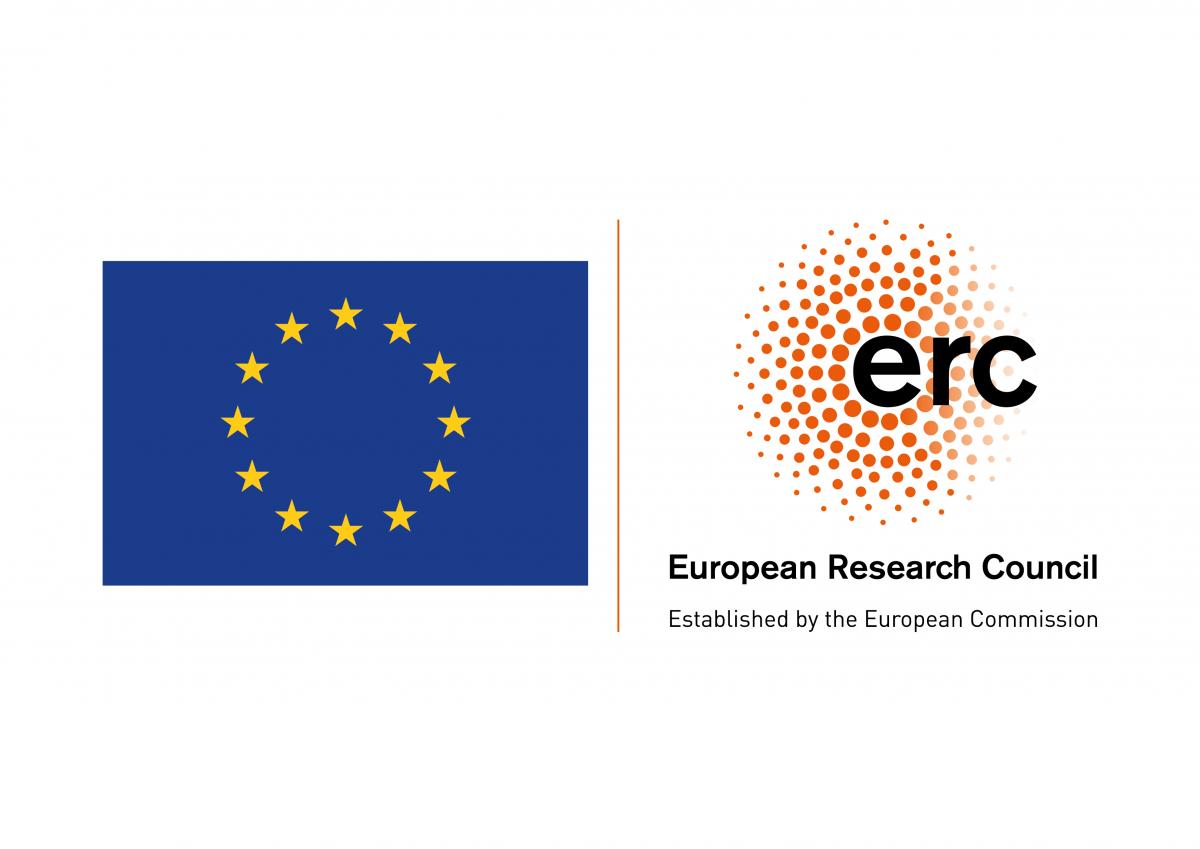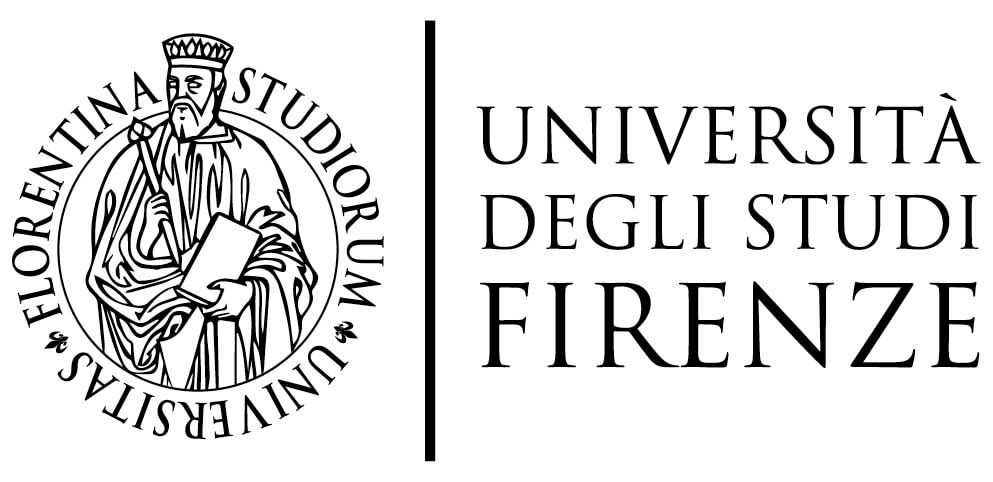Assessing Roman large-scale hydraulic systems
A Rome Transformed online colloquium (5-6 May 2022)
This colloquium aims to explore new methodological approaches to the study of Roman hydrological systems.
How can we study these systems most effectively across urban and extra-urban areas? How may we situate the different structural elements that facilitated water supply in their wider social, architectural and landscape contexts?Often discussed in isolation, large water structures such as Roman bath complexes and nymphaeaor individual water features, such as toilets and fountains, operated as part of and in relation to a system of infrastructures that worked at a district, urban or even regional scale, such as aqueducts, sewers, roads, and local distribution systems. An added challenge to analysis is understanding temporal change. How might adjustments in the design and function of different elements over time impact on the operation and character of larger hydrological systems?
Making sense of such complex networks of actions and interactions requires an interdisciplinary approach and the development of a robust data integration methodology. This colloquium aims to offer a space for debate on large-scale ancient hydraulic systems and data integration engaging scholars from a wide range of disciplines, including archaeology, architecture, civil and environmental engineering, geology, geography, urban planning and urban infrastructure.
Colloquium organising committee
- Professor Ian Haynes (Newcastle University)
- Dr Thea Ravasi (Newcastle University)
- Elettra Santucci (Newcastle University)
Contact the colloquium organisers
To contact the colloquium organisers, please email rometransformed@gmail.com.








